Been There, Learnt That: Watching The Kids Grow On Their Coming Of Age Day
A Foreign Mom, A Japanese Tradition, And Three Kids All (Almost) Grown Up
Coming of Age Day in Japan is a special holiday for children and parents alike. Here's how one foreign mom made it through the event — twice so far as she is getting ready for her third one!
Many cultures around the world have customs to mark a young person’s transition from child to adult. In some Western countries, 21st birthdays are considered milestone celebrations, as 21 was often the age of majority and when a person became an adult in the eyes of the law. I have a photo of my own mother’s 21st party celebrations with her family in England, with inebriated family members enthusiastically raising their glasses and my mother in the middle, a “get me out of here” look on her face.
Twenty-firsts are also still widely celebrated in my home country of New Zealand, even though young people can get a driver’s license at 16, and vote and drink at 18. I turned 21 while I was here in Japan on job training, but I had a little more than a birthday to celebrate—I had just taken the very “adult” step of getting engaged a few weeks before to my husband-to-be.
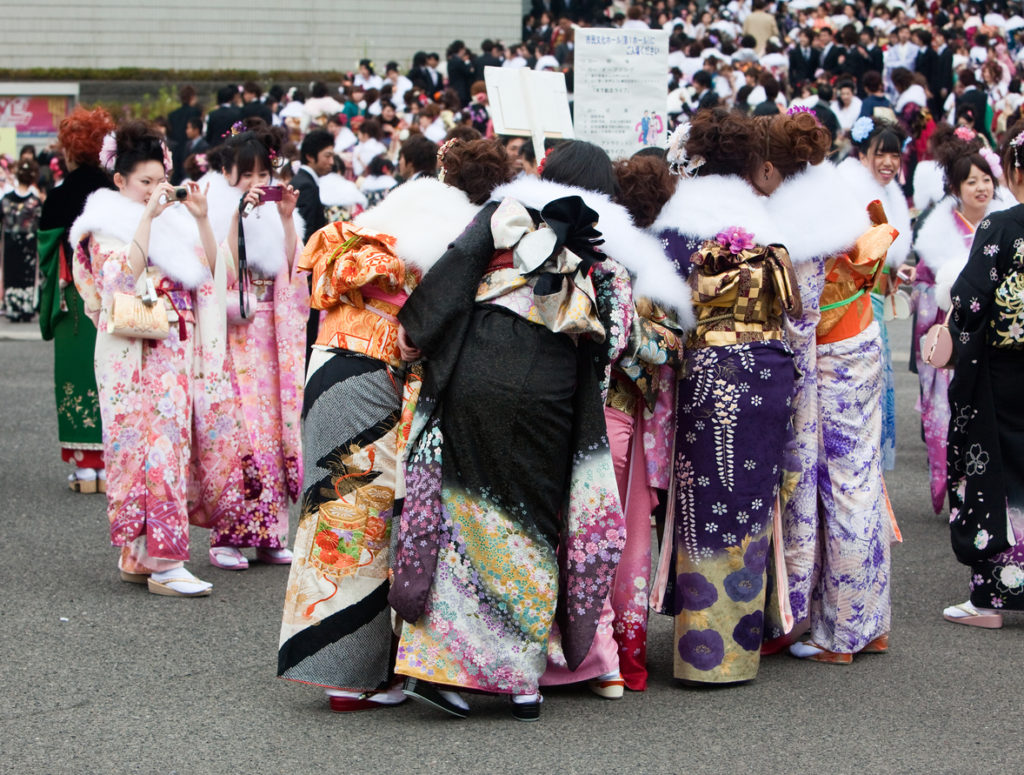
New adults celebrating their Coming of Age Day in Japan.
Celebrating adulthood in Japan
As a society which places value on group conformity, young Japanese celebrate their coming of age in lockstep on the same day—Seijin no Hi (Coming of Age Day). In 1948, the occasion became a national holiday, now observed on the second Monday in January. Eligibility is organized along the same lines as the academic calendar, for everyone who turns 20 between April 2nd of the previous year and April 1st of the current one. This means everyone celebrates with those in the same school year, at an age when many young Japanese are in their second year of university.
Coming of age is the biggest money spinner for the kimono industry.
“Coming of Age Day” generally means attending an official ceremony of some kind, followed by a party with one’s old school friends. Local municipalities arrange the ceremonies, which are usually organized around which junior high school one attended, and most young people typically attend the ceremony in their hometown. For those who have moved away for university or their first job, it is a great chance to catch up with former classmates. My kids went to a private school from junior high, and the school offers a special ceremony attended by many of the former teachers.
Girls vs. boys: It’s an entirely different celebration process
Two of my three kids have now celebrated coming-of-age. The amount of time and expense involved in the whole celebration process depends on the gender of your child. For a boy, it’s a relatively simple process since most young men just wear a suit to the ceremony. At my son’s coming of age three years ago, a few boys choose to celebrate in hakama, the man’s kimono, and my son rented one from a photo studio for official family portraits. We took those the summer before when everyone was home for the holidays—a practice known as maedori. It is standard to take professional coming-of-age photos in advance, as everybody is simply too busy on the actual day.
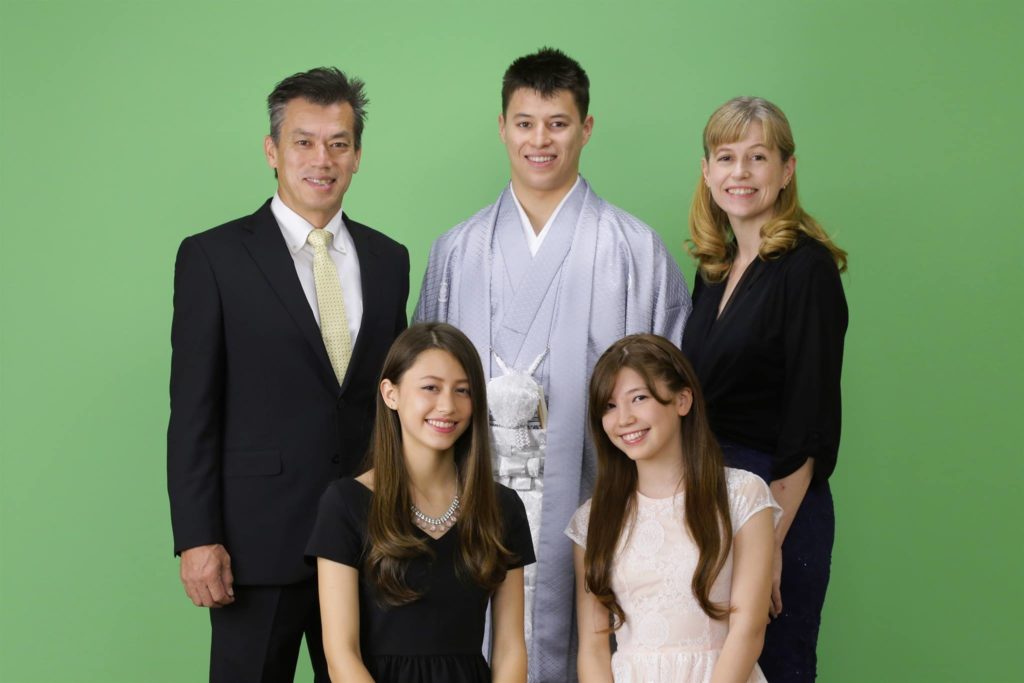
Our family in the formal portrait session for our son’s coming of age, taken the summer before. He is wearing a hakama (male kimono) here, which we rented, but just wore a suit for the actual celebrations in January 2015.
Now, for girls, it’s an entirely different process. Coming of age is the biggest money spinner for the kimono industry — the kimono ads started arriving while my daughter was still in high school. At first, I thought she had inadvertently got on the wrong year’s mailing lists, but afterward, I learned it is now standard to send out catalogs more than two years in advance.
A generation ago, parents often bought a kimono for a daughter’s coming-of-age, as it was normal for young women to wear them again at friends’ weddings or at special events later on. Beautiful and elegant as they are, however, the kimono are extremely expensive, require specialized help to put on, and nowadays young women rarely wear them beyond the coming-of-age day. That is why recently the majority of families rent a kimono for their daughter’s big day instead of buying one.
For a boy, it’s a relatively simple process since most young men just wear a suit to the ceremony. For girls, it’s an entirely different process.
Furisode kimono have long sleeves and an ornate obi (sash) and are for the exclusive use of young, unmarried women. The colors and designs are gorgeous—even ostentatious in some cases—as befits those in the bloom of youth. The wearer can further express herself through her choice of hair, makeup and even nail designs for the big day. In addition to the actual kimono and accessories, rental companies generally offer a package, including professional photos for the maedori and dressing services on the Coming-of-Age Day itself.
For families who already have a furisode kimono and want to save some money, there is also another option, often referred to as mama-furi (“wearing mom’s furisode”). The young woman brings in the family’s kimono but the shop will help her update and personalize it with some new accessories such as obi, bag and zori (slippers).
When the big day finally takes place
Since this branch of the family does not own any furisode, it was rental for the Kittakas. I’d been collecting brochures and catalogs all year for my daughter and the winter she was 19, I decided it was probably time to choose something while she was home on Christmas vacation.
“The more I look, the more confused I get!” she told me in frustration as we poured over catalogs together. Finally, she found one kimono she did like, and so I made an appointment with the shop. My daughter tried on three kimono but ended up with the one that first caught her eye—cream with gold, red and forest green accents. We arranged for the maedori photo session at the rental shop’s main branch in Tokyo the following summer, when all the kids would be home again.
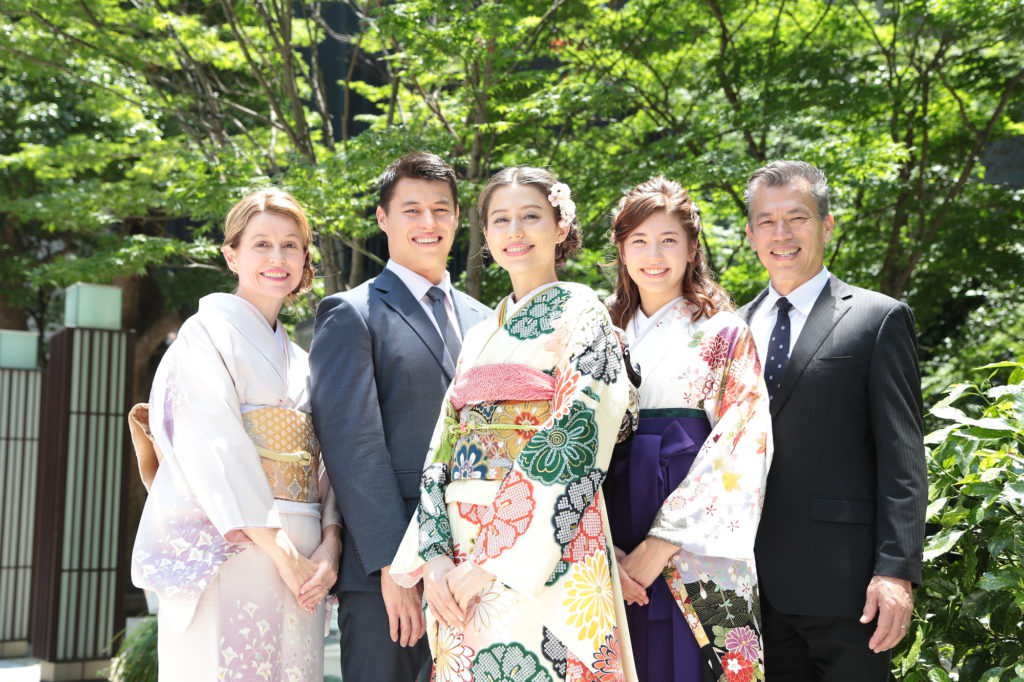
Our family photo taken last summer for our daughter’s Coming of Age Day, which we celebrated this January.
Finally, it was the big day this January. Hair salons and kimono shops were buzzing since dawn on the day, with a parade of young clients who booked their spot months in advance. I’d arranged for my daughter to be dressed and made up at a friend’s salon, just down the street. She had a relatively “late” slot of 8 am, and five other former elementary school classmates were made up the same day.
When she was ready, I drove her to her old junior high school, along with little sister, who wanted to check things out. I could tell my daughter was feeling nervous and self-conscious, but she relaxed when she spotted a bevy of her former classmates, and they oohed and aahed over each other’s kimono and posed with big smiles for parental cameras.
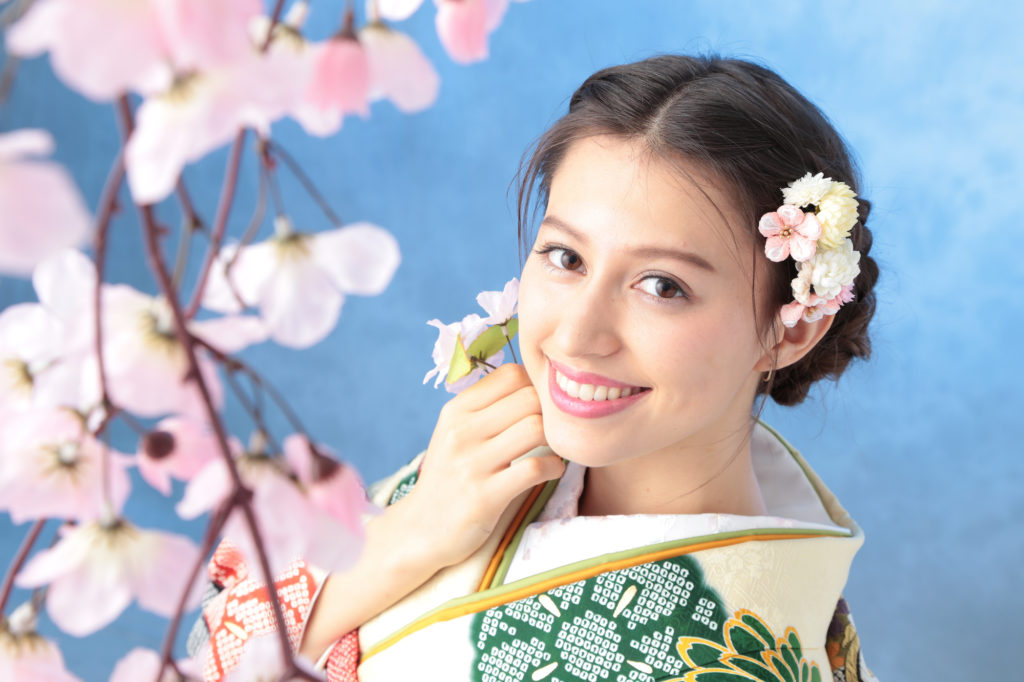
My daughter in her Coming of Age Day kimono.
Little sister and I opted not to stay for the ceremony so waited it out at a local family restaurant before collecting my new young adult afterward. There were several hours to go before the after-party, so it was home again to change. She shed the kimono and donned a little black dress and heels, and little sister’s hairdressing skills were called upon to transform the formal kimono updo into a chic braided party style. Then off she went again, this time by train to the restaurant that had been hired out for the occasion, while I was left to somehow try and fit the kimono and related paraphernalia back into the original wrapping, ready to courier it to the rental company.
Looking into the future
There are changes afoot that may alter the meaning of turning 20 somewhat in Japan. The voting age was lowered to 18 in 2015, and now it seems the government plans to introduce legislation to make the age of legal adulthood 18 as well. This could take effect from 2022, and one change could be that “financially independent” 18- and 19-year-olds will no longer need a guardian’s consent to sign a lease or purchase a car.
So how will this affect Coming-Age-Day? Will that change to 18, and will kimono companies start sending out catalogs to 16-years-olds?! Unlikely, I would say. Japanese 18-year-olds are in their last year of high school, and in January most of them are in the last spurt of cramming for the university entrance exams that are held in mid-January—usually the week immediately after Coming-of-Age Day.
“Been There, Learnt That” is a monthly column in which Louise George Kittaka discusses various issues she went through when raising her three children in Japan. If you have any questions for Louise on a topic related to raising bicultural children in or out of Japan, send us an email at editorial@gplusmedia.com or leave us a comment. Louise will answer your questions in her next article.












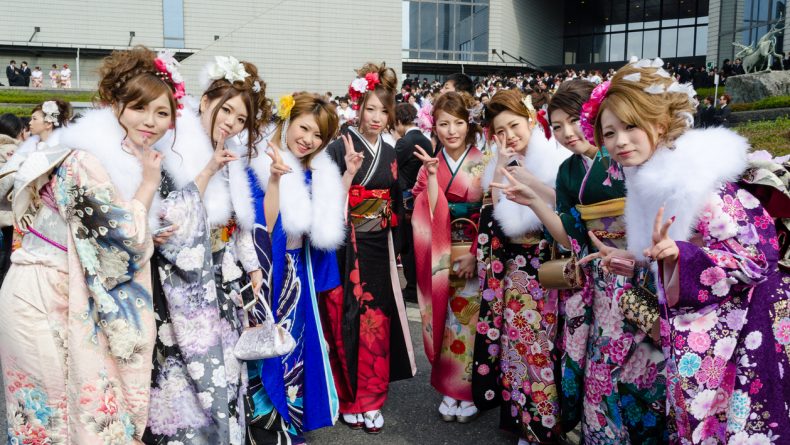
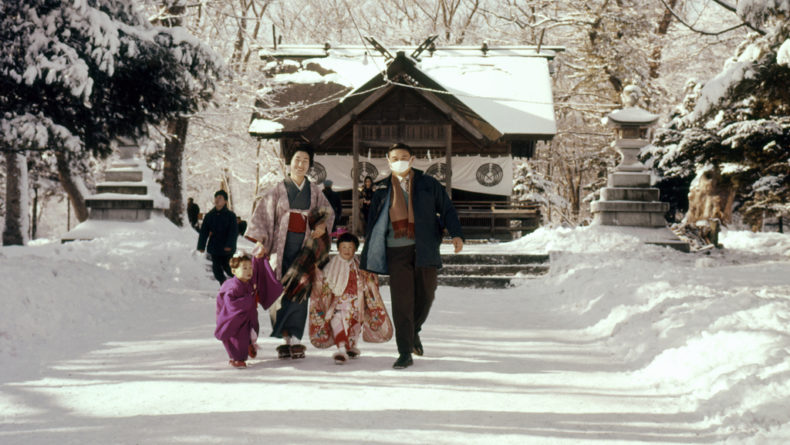
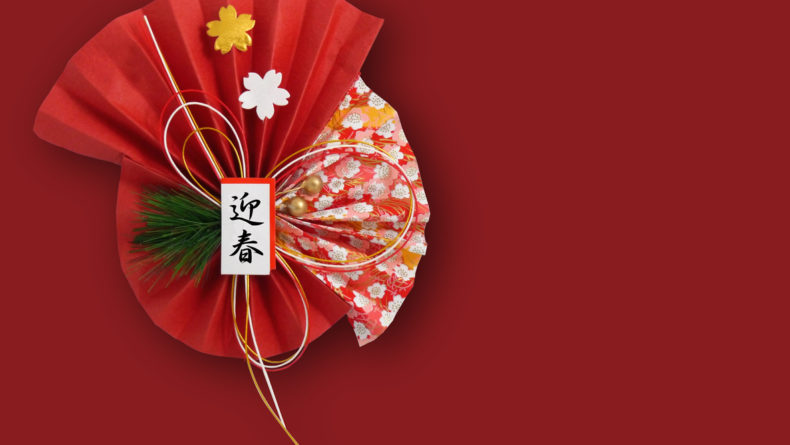
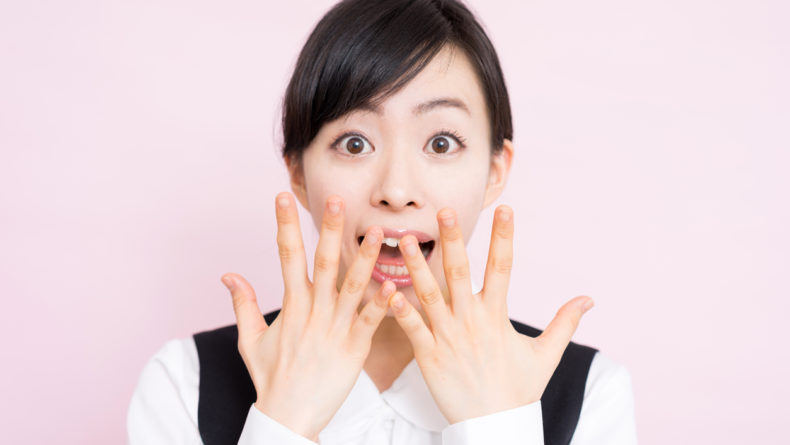
Leave a Reply